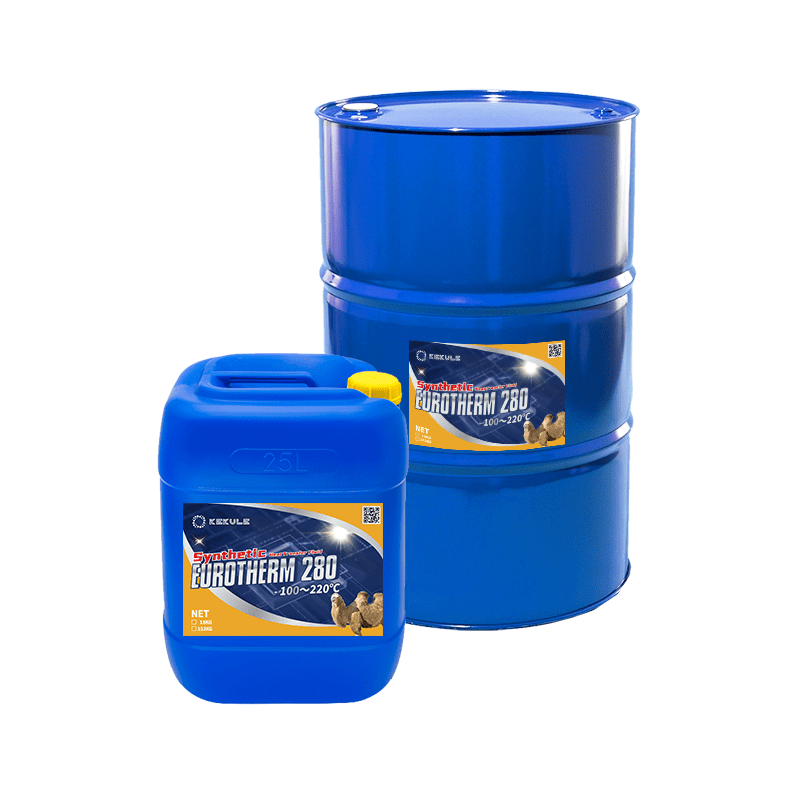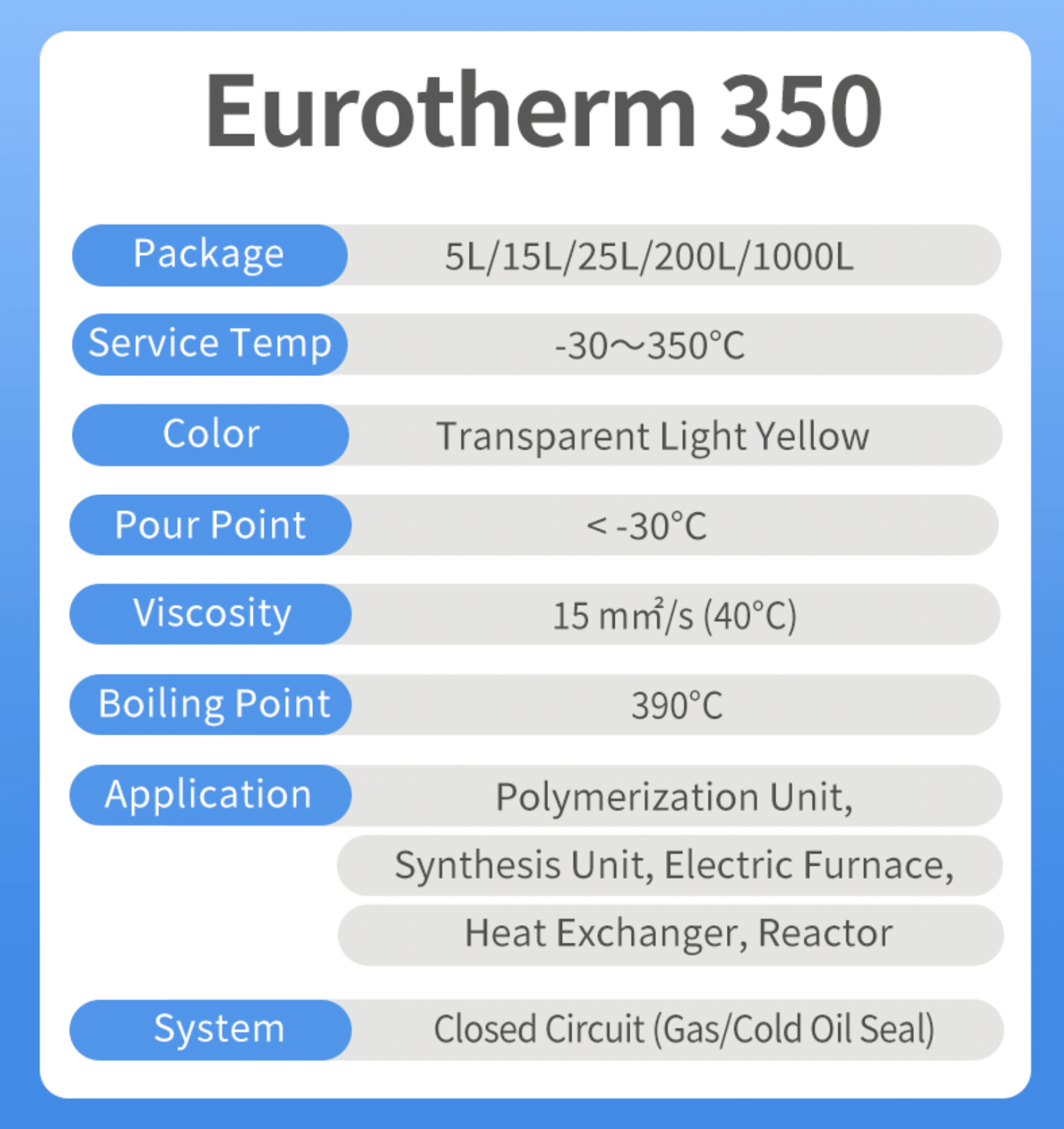Chemie for Beginners
Table of ContentsThe smart Trick of Chemie That Nobody is Talking AboutA Biased View of ChemieChemie Fundamentals ExplainedHow Chemie can Save You Time, Stress, and Money.Chemie Fundamentals ExplainedThe Ultimate Guide To Chemie
By Bojanna Shantheyanda, Sreya Dutta, Kevin Coscia and David SchiemerDynalene, Inc. Fluid air conditioning, which can be attained making use of indirect or direct ways, is made use of in electronics applications having thermal power thickness that might go beyond secure dissipation with air cooling. Indirect liquid cooling is where heat dissipating digital elements are physically divided from the fluid coolant, whereas in situation of straight cooling, the components remain in direct contact with the coolant.In indirect cooling applications the electrical conductivity can be vital if there are leakages and/or splilling of the fluids onto the electronic devices. In the indirect cooling applications where water based fluids with corrosion preventions are normally utilized, the electrical conductivity of the fluid coolant generally depends on the ion concentration in the liquid stream.
The boost in the ion concentration in a closed loophole fluid stream might occur as a result of ion leaching from steels and nonmetal components that the coolant liquid touches with. Throughout operation, the electrical conductivity of the liquid may increase to a degree which might be damaging for the air conditioning system.
Chemie Things To Know Before You Buy
(https://www.provenexpert.com/chemie/?mode=preview)They are bead like polymers that are qualified of exchanging ions with ions in an option that it is in contact with. In today job, ion leaching examinations were executed with different metals and polymers in both ultrapure deionized (DI) water, i.e. water which is dealt with to the highest possible degrees of purity, and low electrical conductive ethylene glycol/water combination, with the determined change in conductivity reported in time.
The samples were enabled to equilibrate at room temperature level for two days prior to tape-recording the preliminary electrical conductivity. In all examinations reported in this study liquid electric conductivity was determined to a precision of 1% using an Oakton CON 510/CON 6 series meter which was adjusted before each measurement.
Chemie Can Be Fun For Anyone
from the wall surface heating coils to the center of the heating system. The PTFE example containers were placed in the heating system when constant state temperatures were gotten to. The examination setup was eliminated from the heater every 168 hours (seven days), cooled down to space temperature level with the electrical conductivity of the fluid determined.
The electrical conductivity of the liquid example was monitored for an overall of 5000 hours (208 days). Figure 2. Schematic of the indirect shut loophole cooling experiment set-up - high temperature thermal fluid. Table 1. Components made use of in the indirect closed loop cooling down experiment that are in call with the fluid coolant. A schematic of the experimental setup is revealed in Figure 2.

The Best Guide To Chemie
The change in fluid electrical conductivity was kept track of for 136 hours. The fluid navigate here from the system was collected and saved.

0.1 g of Dowex resin was included in 100g of fluid examples that was taken in a different container. The mix was stirred and change in the electric conductivity at room temperature was determined every hour. The determined change in the electric conductivity of the UP-H2O and EG-LC test liquids consisting of polymer or steel when engaged for 5,000 hours at 80C is shown Figure 3.
9 Easy Facts About Chemie Described
Ion seeping experiment: Measured change in electric conductivity of water and EG-LC coolants including either polymer or steel samples when submersed for 5,000 hours at 80C. The results suggest that metals added fewer ions right into the liquids than plastics in both UP-H2O and EG-LC based coolants.
Fluids having polypropylene and HDPE showed the most affordable electrical conductivity modifications. This might be because of the short, inflexible, straight chains which are less most likely to contribute ions than longer branched chains with weaker intermolecular pressures. Silicone also performed well in both examination fluids, as polysiloxanes are generally chemically inert due to the high bond energy of the silicon-oxygen bond which would stop degradation of the product right into the fluid.
Top Guidelines Of Chemie
It would certainly be expected that PVC would create similar results to those of PTFE and HDPE based upon the similar chemical frameworks of the materials, nevertheless there may be various other pollutants present in the PVC, such as plasticizers, that may influence the electrical conductivity of the liquid - dielectric coolant. Additionally, chloride teams in PVC can additionally seep right into the examination fluid and can cause an increase in electrical conductivity
Buna-N rubber and polyurethane showed signs of degradation and thermal disintegration which suggests that their feasible energy as a gasket or sticky product at greater temperature levels can bring about application issues. Polyurethane completely disintegrated into the examination liquid by the end of 5000 hour test. Number 4. Before and after photos of metal and polymer examples submersed for 5,000 hours at 80C in the ion seeping experiment.
Calculated change in the electrical conductivity of UP-H2O coolant as a feature of time with and without material cartridge in the shut indirect air conditioning loophole experiment. The gauged adjustment in electric conductivity of the UP-H2O for 136 hours with and without ion exchange resin in the loophole is received Figure 5.